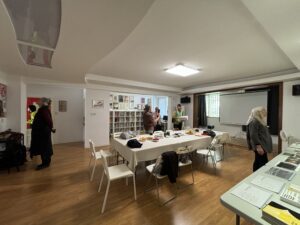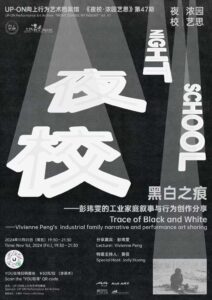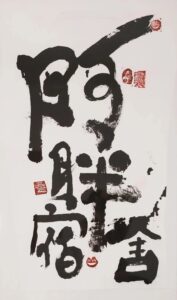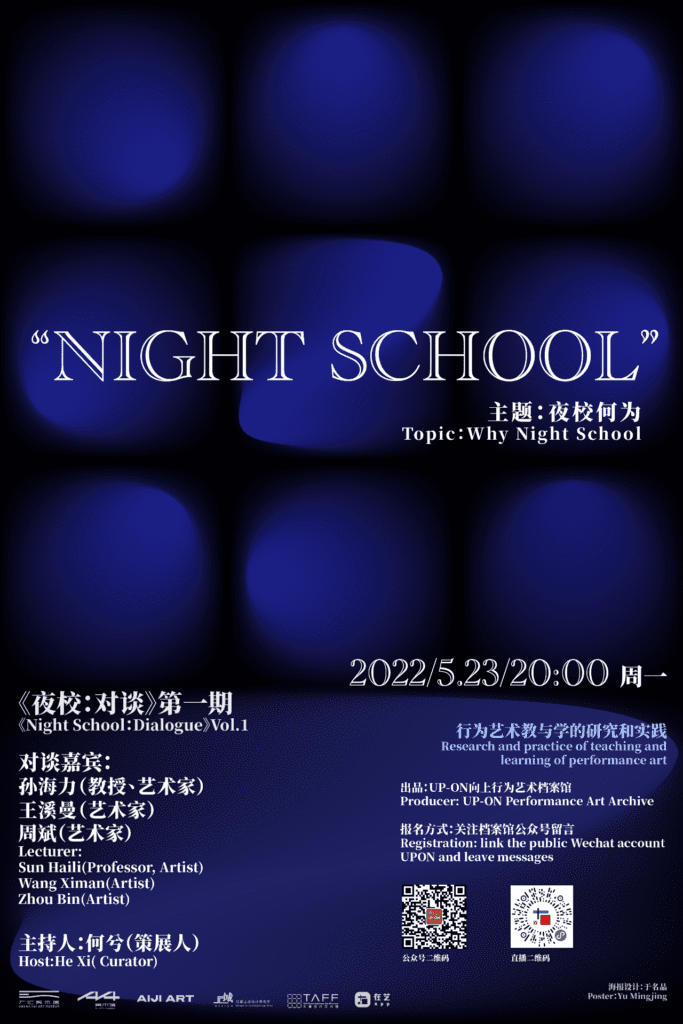
Nowadays, there are more and more young artists who are interested in performance as a medium and try to create with it, however, there is no teaching of performance art in art colleges and there are very few books of this kind. As a result, people are practicing self-study by reading scattered information. In order to establish a professional and open communication platform for the teaching and learning of performance art, focusing on theoretical research and the practice of creative methods, the archive launches the NIGHT SCHOOL project.
Can performance art be taught? Should it be taught?
This is the first question that the program faced at the beginning of its existence. Why is it that the teaching of many art mediums can be carried out normally, but only performance art is questioned? This requires a review and analysis of the history of performance art. Since its birth, performance art has been provoking the established principles of some artistic trends, including modernism, taking deconstruction of the classics and hostility to stereotypes as its cultural attitude and goal of practice, questioning authoritative theories and ignoring standard techniques. After nearly 80 years of ups and downs, with the development and changes of the real context and art media, performance art has continuously cross-fertilized with other art styles, embodying a thorough openness; its expression has never been uncertain, always maintaining diversity and heterogeneity, and is regarded as a medium with no boundaries. These qualities constantly reinforce its radical image as a pioneer of cultural and ideological movements. Everyone can define performance art on their own, and any action or material can be used to start a creation, which makes performance art full of vitality and at the same time makes its attributes as an art medium neglected.
As a result, performance art has been questioned: can it be taught? Should it be taught? The archive’s attitude is:
“There is a method but no definite method of teaching, the most important thing is to get it right.”
Whether or not performance art can be taught is a bogus question; the key is how? What to teach? Although behavioral art has interdisciplinary, heterogeneous, and ever-changing qualities, and we are unable to give it a standard definition, it is not impossible to delineate a compositional scope for it and establish a sufficiently open cognitive framework based on the needs of teaching and research. What we need to be vigilant about is that teaching is not about narrowly defining the criteria for the creation of performance art, and we need to be wary of statute ourselves into some kind of programmed routine.
The diversity of behavioral art, the diversity of individuals, determines the diversity of teaching methods. In the process of learning, it is encouraged to strengthen self-awareness, respect personal experience, have the courage to explore the uniqueness of oneself, and take the initiative to shape oneself, explore one’s own unique way of working, and make one’s own voice heard in creation.
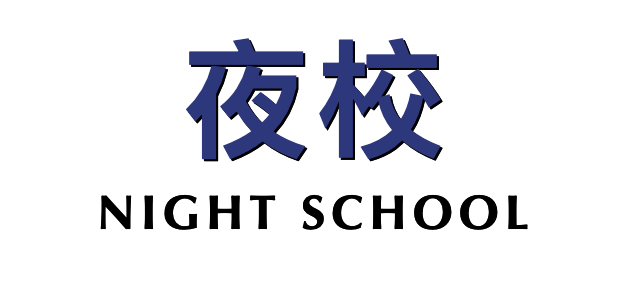
NIGHT SCHOOL is divided into two units: Dialogue and Workshop.
In the “NIGHT SCHOOL – Dialogue” unit, people who have experience in teaching and learning performance art in universities or creative practices at home and abroad, or other professionals who are interested in this topic, will be invited to share and exchange their experiences and views. The contents of the dialogues will be organized into a book, which will become the academic basis for further in-depth discussions on this topic.
The Evening School-Workshop module, where the tutors will lead the participants to practise what they have learned. In the open-ended teaching, from the cognition of creative concepts to the practice of artistic language methods, each person will be inspired to explore his/her own potential and find a creative method that suits him/her. As the old saying goes, the master leads you to the door, but the practice is up to you. What the teacher gives to the students is important guidance in the way of thinking and the methodology of creation, helping them to strengthen their ability to think independently and the courage to experiment.
The first session of the Night School – Conversations module will be held on Monday, May 23, 2022, from 20:00 to 21:30 at the Archives. Hosted by curator He xi, artists Sun Haili, Wang Ximan and Zhou Bin will be invited to speak on the topic of What is Night School? Can performance art be taught? The conversation and discussion centered on the topic. They are all creators of performance art, and all have had experience teaching or studying performance art. An hour and a half of guest conversation and interaction with the audience will spark a lot of refreshing ideas. Worth looking forward to!
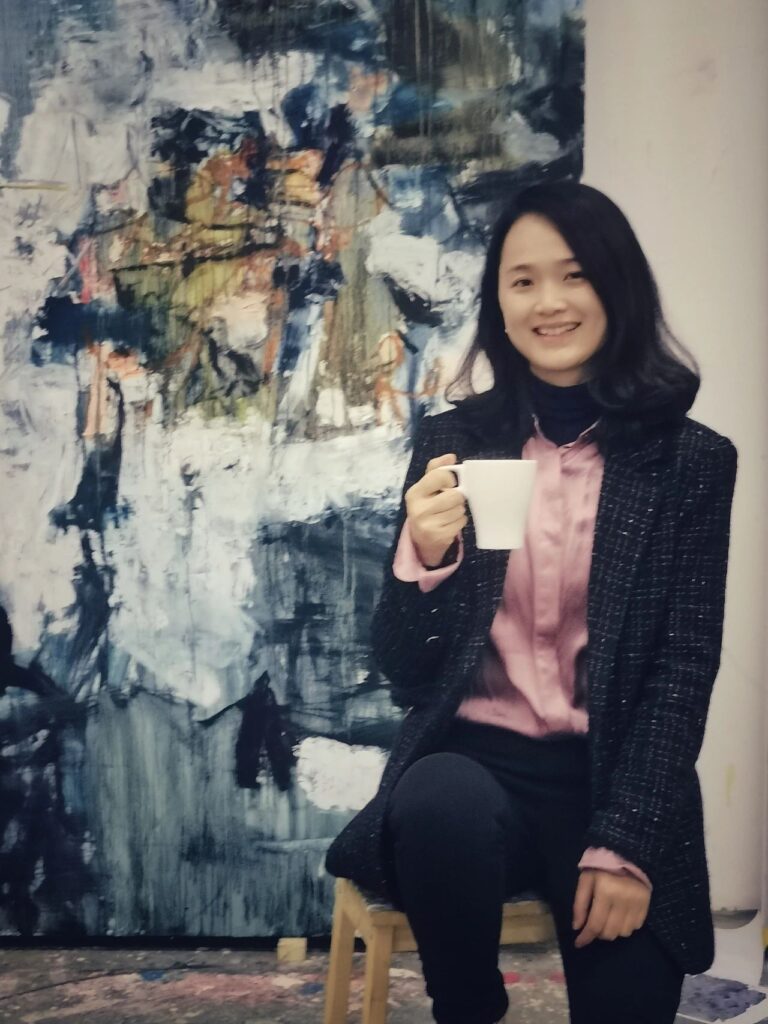
He xi
Curator, art media, director of Sichuan Sculpture Society, Master of Design and Art from Curtin University, Australia. He has long been engaged in art market observation and writing art criticism articles. In his art media and curatorial work, he focuses on the survival and creation status of young Chinese contemporary artists. Participated in the compilation of the art book “From Yulin West Road to Shaziyan”; curated numerous solo and group exhibitions, including paintings, sculptures, videos, installations, and other forms of works. Curated the special invitational exhibition “Harmony|Interdependency” at the 2021 Chengdu Biennale.

Sun Hai li
Artist and professor, Bachelor of Fine Arts, Southwest Normal University, Master of Fine Arts, Wimbledon College of Art, University of the Arts London. In his early years, he taught at Southwest Normal University, then was invited to the United Kingdom to study and research, and settled in London to become a professional artist; in recent years, he has returned to China to teach or guest lecture at many universities. His works are created through installation, sculpture, video, painting, performance and pictures. While his early works focused on the anxiety and thinking about the modern state of existence and the natural environment, his recent works have extended the theme of his explorations into the social and cultural dilemmas. The use of materials often uses and presents almost absurd compositions, constituting visual and psychological conflicts and multi-layered interpretations. Attempting to convey a sense of logical futility and absurdity, metaphor as well as poetry.
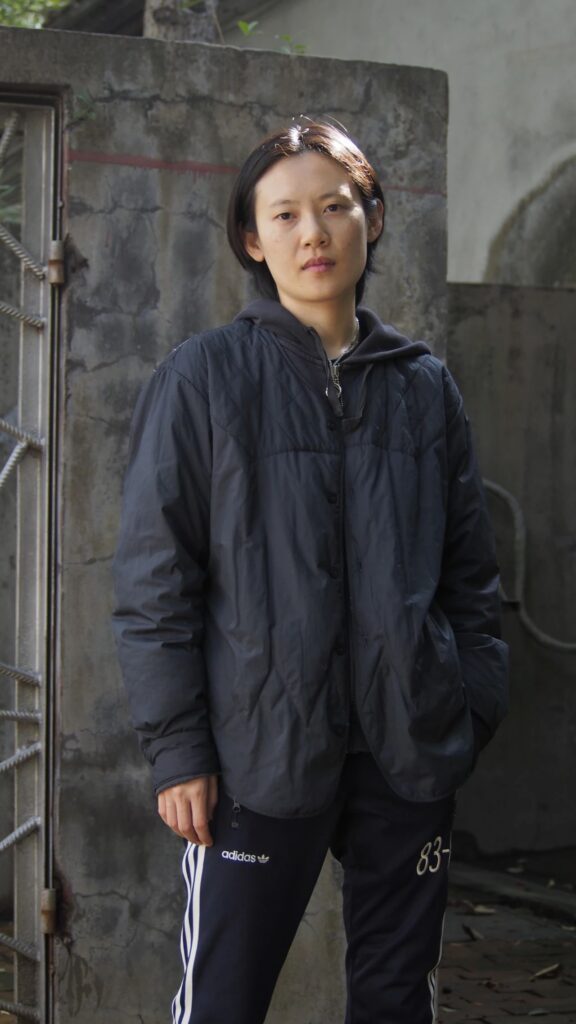
Wang Ximan
Artist, graduated from the Academy of Fine Arts in Rome, Italy in 2016. Active in art workshops and festivals in China and Europe, her mediums of creation are performance, video and installation, and since 2015, she has participated in art gallery workshops and organized solo and group exhibitions in various places in Europe, and in 2016, she was nominated for the Talent Award and presented her neon installation “My Love Can Be Bought” at the Museum of Contemporary Art in Rome’s Testaccio exhibition area. Love Can Be Bought”. He has been invited to participate in the Zabih Festival in Lviv, Ukraine, the 7th UP-ON Up International Live Art Festival, and Free Fem Radicals (Event presented by PAErsche) in Cologne, Germany.
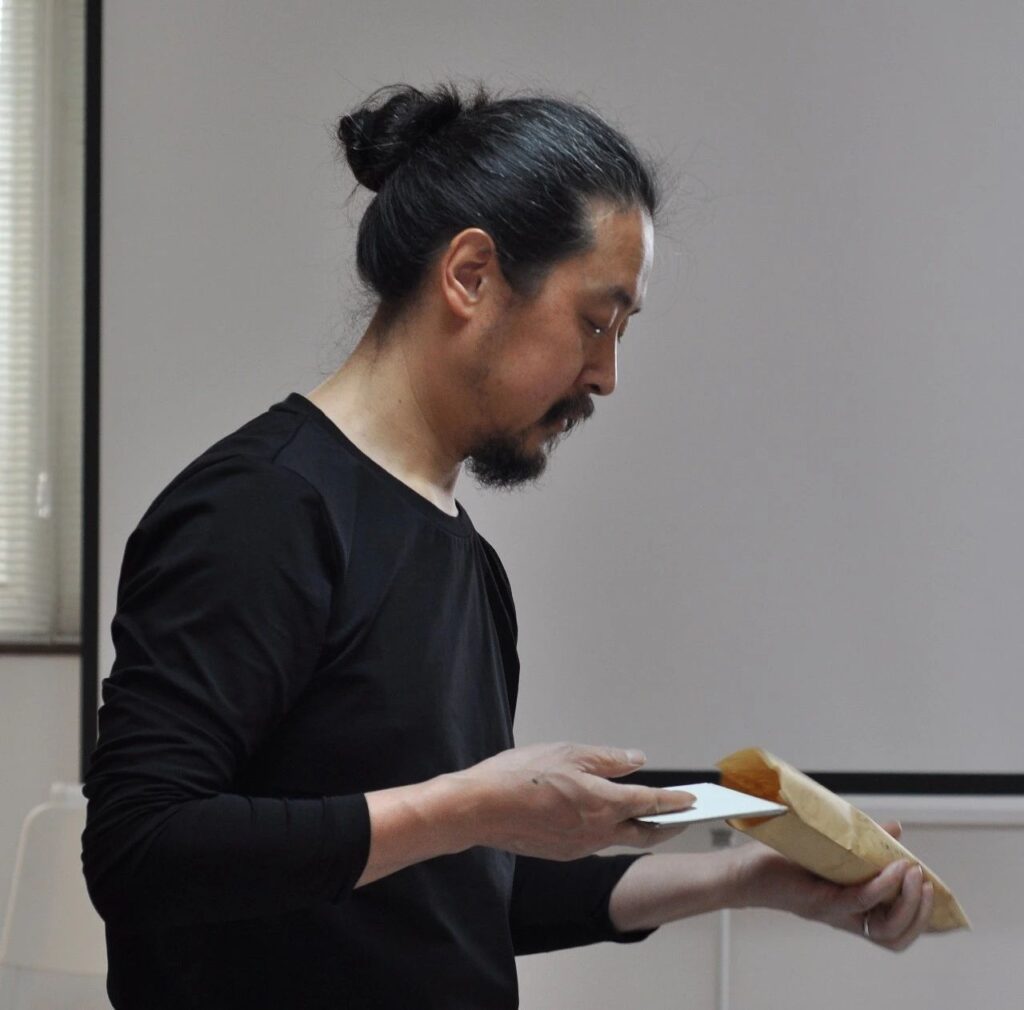
Zhou Bin
Early in his career, he was engaged in oil painting, and has been engaged in performance art creation and research since 1997. He has participated in a wide range of international performance art events, conducting creative works, residencies, academic lectures and workshops. In order to promote the development of performance art, Zhou Bin is actively involved in organizing events and teaching.
In 2008, he co-founded the UP-ON Up International Live Art Festival, and since 2012, he has taught performance art courses at several art schools at home and abroad, including the Sichuan Academy of Fine Arts and the University of Applied Arts Vienna, etc. In 2021, he published a monograph, “Performance Art Lessons”, and in 2022, he founded the UP-ON Performance Art Archive.


